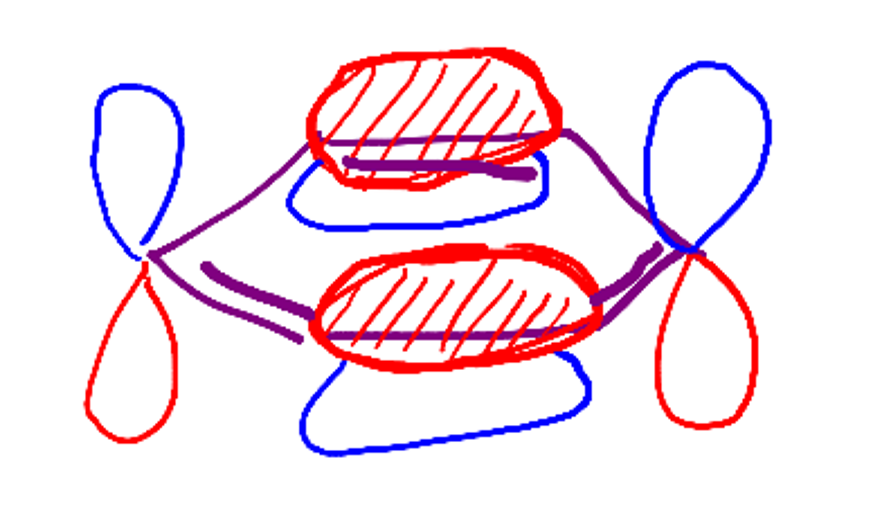at first I wondered why 2 H are added to opposite side of benzene like reaction below. because I could imagine 2 H added right next to each other or 1 C away from each other.
so, looking for explanation I saw a molecular orbital of benzene.

It's one of LUMO from benzene and from this I just guessed that maybe hydrogen could be added to 2 unpaired p orbitals in the opposite direction.
but when I learned another Birch reduction I got confused again.

since the E level of LUMO above would get high, I assumed another LUMO maybe come into play.

so from MO right above, I can under stand e- from Na would go to ortho- or meta- position of substituted group.
And here's my question. why does hydrogen go to ortho position first? additionally, why second Hydrogen goes to the opposite side of first-added hydrogen? and I'd really appreciated any correction about my educated guess above.

